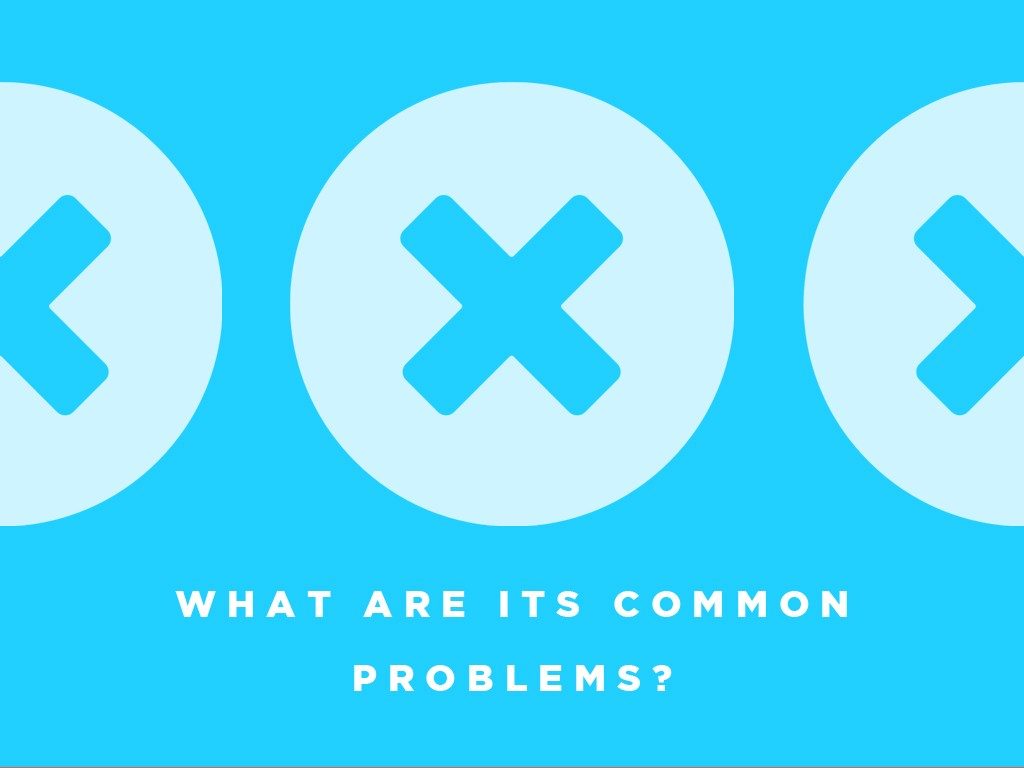A Brief Explanation to WordPress Plugins
What do you Need to Know about WordPress Plugins?
1. WordPress (WP) plugins are applications that add features to a WP website.
2. They give a website owner limitless business and career possibilities.
3. They function by allowing developers to add their own code to the existing WP code. This code will be stored in the directory that is open for all to use.
4. Adding them to a WP site is done by simply searching for a plugin in the directory and installing it.
When creating a blog in a hosting service like WordPress, surveys and other plugins can be confusing to use at first. However, understanding how these work is essential for you to build your ideal website. Here is a brief explanation to WordPress plugins and how they work:
What are WordPress plugins?
WordPress plugins are applications that add functionality and features to a WordPress (WP) website; they pretty much work like the mobile apps on your phone. The use of them started in 2003. The very first plugin began as a simple tool to create blogs in WP. Nowadays, thanks to new technological advancements, they are sophisticated and intelligently made. Truly, WP has transformed into a powerful content management system and application framework.
Currently, there are more than 48,000 available free plugins in the WP plugin directory, while thousands more premium ones are being sold by third-party developers.
What can they do?
These apps run on top of the WP software in order to allow user limitless possibilities in customizing their websites. Because of them, WP has become a popular hosting service for businesses because of its versatility. Numerous possible career purposes are fulfilled on the website; these include the following:
- Running an e-commerce business
- Posting advertisements for jobs
- Building directories
- Giving out digital coupons
- Creating an artist portfolio
- Creating a Wikipedia site
- Broadcasting podcasts
- Etc.
With all these possibilities, the WP community now has a catchphrase to answer someone’s website dilemmas – “there’s a plugin for that!” Basically, this means that a certain plugin exists in order to solve a specific issue. For instance, you can find various plugins that will help you improve search engine optimization, make performance more efficient, add forms and social media sharing buttons, create galleries, and many more.
Essentially, plugins can be small with only one feature or large enough to be their own platform; with the latter possibly having their very own add-on plugins.
How do they work?
WP was created in a way that really allows freedom for developers to add their own code to the existing one. The interface of the existing code is easy to use and revisable for the user to twist them into his/her will and to add his/her own flavors and functions.
Developers can then store their changes in the WP database for others to use as well. These are then utilized along with content types, taxonomies, and custom fields in order to create plugins that can store different types of content on the website.
Every WP plugin that you choose to install is registered in the database and can be activated and deactivated at will. When you visit your site, WP will connect to the database, load the main software, and then load all of your plugins. All the code will be processed on the server and will be sent back to your browser.
How to find and install plugins?
Plugins can be found in the plugin directory or the Floating Social Bar. For the directory, simply click Plugins > Add New and type the name or purpose of the plugin you are searching for. A list will be displayed for you to choose from. This is the same when you use the Floating Social Bar to search. There is an option to review each plugin and once you’ve found the one you need, it is simply a matter of clicking Install Now.
However, you may not find what you are looking for right away because these searches will only show the choices that are for free – no premium plugins will be included. Keep in mind that it may be difficult for a first time user to decide which ones are essential. In such cases, you can refer to online tutorials and recommendations to help you out.
What are the common problems?
There are several common problems you need to be aware of when using these plugins. They include:
- Plugins may work selectively
Unfortunately, WP plugins do not work all the time. For example, a plugin may function on a WordPress.com website, but not on a WordPress.org page.
- Plugins slow down CPU performance
You can never have too many plugins; but a poorly coded plugin can slow down your CPU’s performance.
- Outdated plugins
Some authors fail to update their plugins along with the updates of WordPress. Because of this, some plugins break.
- No support for free plugins
Chances are you will find a free plugin that can function just as well as a premium one. However, these often do not have customer support or warranties. Plus, the author may choose to stop updating them at any time. If you want assurance of smooth service and functionality, then paid plugins are the way to go.
Key Takeaway
It is true that not all plugins can be considered as competent. However, it is also important to note that there are several of them that can work really efficiently (whether they are premium or free). You just have to understand how they function. Hopefully, these guidelines listed above can assist you in your website endeavors.




